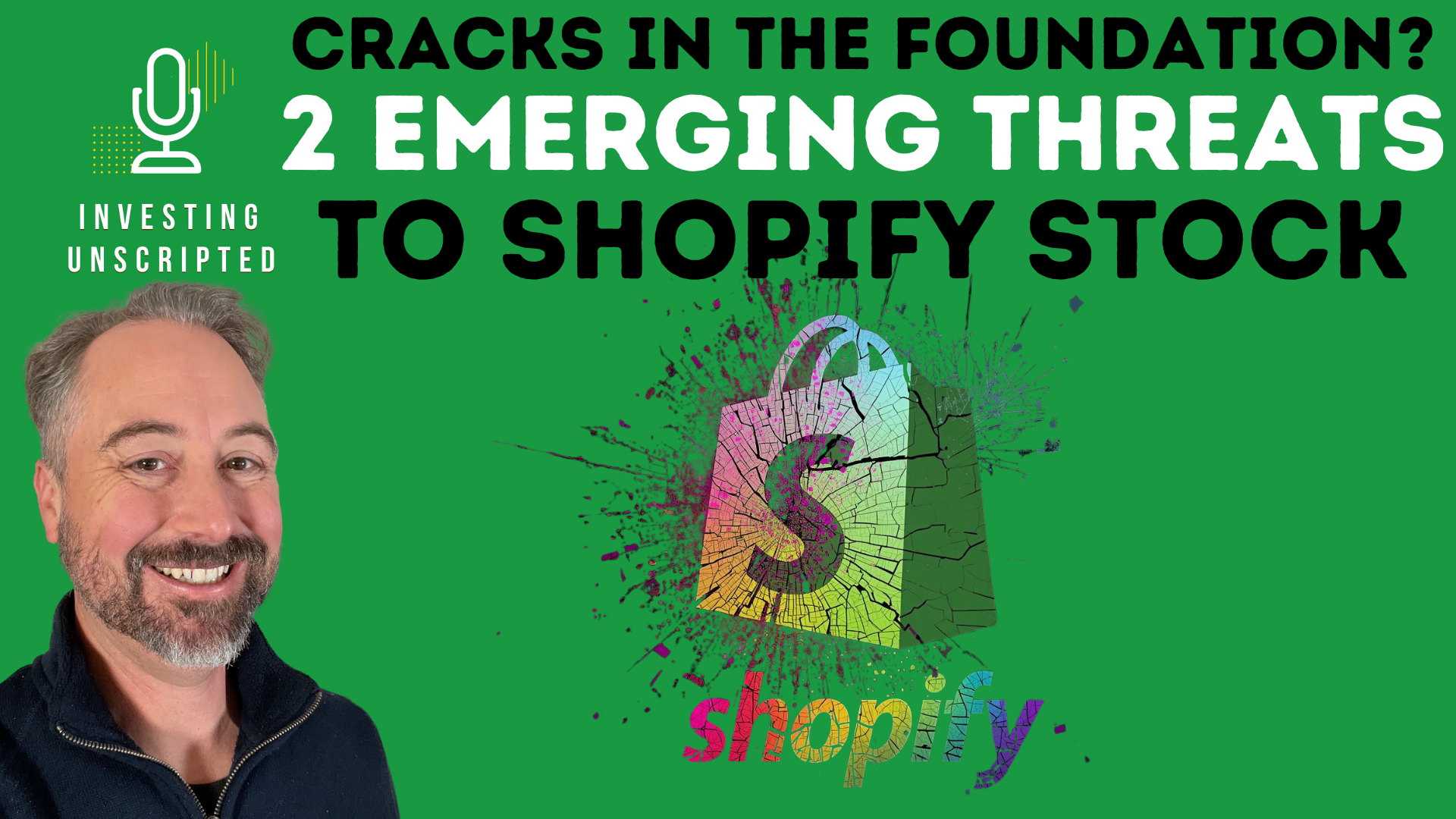Snap (SNAP +0.13%) is teaming up with Shopify (SHOP +0.81%) to make it easier for smaller businesses to buy ads on its platform. The new feature lets merchants directly purchase and manage Snapchat Story ad campaigns on Shopify.
Snap will become Shopify's third integrated ad partner after Facebook (FB 0.64%) and Alphabet's (GOOG 0.24%) (GOOGL 0.20%) Google. Let's see how this new deal could help both companies over the long term.

Image source: Getty Images.
How Shopify can help Snap
Snap finished the first quarter with 190 million daily active users (DAUs), compared with 191 million a year earlier. However, its average revenue per user (ARPU) continues to rise at an impressive rate.
|
YOY growth |
Q1 2018 |
Q2 2018 |
Q3 2018 |
Q4 2018 |
Q1 2019 |
|---|---|---|---|---|---|
|
DAUs |
15% |
8% |
5% |
0% |
(1%) |
|
ARPU |
34% |
34% |
37% |
37% |
39% |
YOY = Year-over-year. Source: Snap quarterly reports.
Snap is squeezing out more revenue per user with cheaper automated ads. That shift, which let advertisers buy their own ads, caused its total ad impressions to surge 155% annually during the quarter -- which easily offset a 42% decline in average ad prices.
Snap's redesigned Android app also launches faster, and it's built as a platform that lets developers add their own features. It's also adding new original shows and AR experiences. All these moves lock Snapchat's users into its ecosystem, boost engagement rates, and increase its ad revenue per user.
Snap also recently introduced an ad-supported gaming platform, the Snap Audience Network, which will sell ads in other third-party apps, and Snap Select, which lets advertisers buy six-second video ads in its premium shows. To oversee all those efforts, Snap hired Kenny Mitchell, a former marketing VP at McDonald's, as its first chief marketing officer in late April.
Snap's deal with Shopify clearly complements those efforts. Shopify works with more than 820,000 merchants, and over half are "solo-preneurs" who have limited experience in buying digital ads.

Image source: Getty Images.
Shopify bundles together tools for creating e-commerce websites, processing orders and payments, crafting marketing campaigns, and other services -- which makes it a simple "one-stop shop" for bringing small businesses online. Therefore, adding tools for launching marketing campaigns on Facebook, Google, and now Snapchat makes it easier for Shopify's solo-preneurs to reach new customers.
How Snap can help Shopify
Snapchat has a much smaller user base than Facebook or Instagram, but it remains the top social network for U.S. teens. Some 41% of respondents in Piper Jaffray's latest "Taking Stock With Teens" survey ranked Snapchat as their favorite social network, compared with 35% who preferred Instagram.
Snapchat's annual ad revenue could rise from $832 million this year to $1.21 billion in 2021, according to eMarketer, as it tightens its grip on its core teen users. That represents a tiny sliver of the market compared with Google and Facebook's duopoly, but brands that exclusively target younger shoppers could start with Snapchat instead, perhaps at a fraction of the price.
Integrating Snapchat could also widen Shopify's moat against its growing list of competitors, which include Adobe's Magento, Square's Weebly, and Facebook's new Instagram Checkout feature, which allows users to purchase products from vendors without exiting the app. Even Microsoft reportedly wants to integrate e-commerce tools into its cloud platform.
Which company benefits more?
Snap's deal with Shopify will likely benefit the former more than the latter. Snap becomes the third major digital ad choice alongside Google and Facebook for Shopify's merchants -- which could boost its ad buys from smaller businesses.
Shopify's integration of Snap's ads might help its merchants, but it probably won't significantly boost its revenue per merchant -- since it's just another advertising option. Therefore, this partnership seems more like an acknowledgment of Snapchat's relevance instead of a meaningful way for Shopify to widen its moat.










